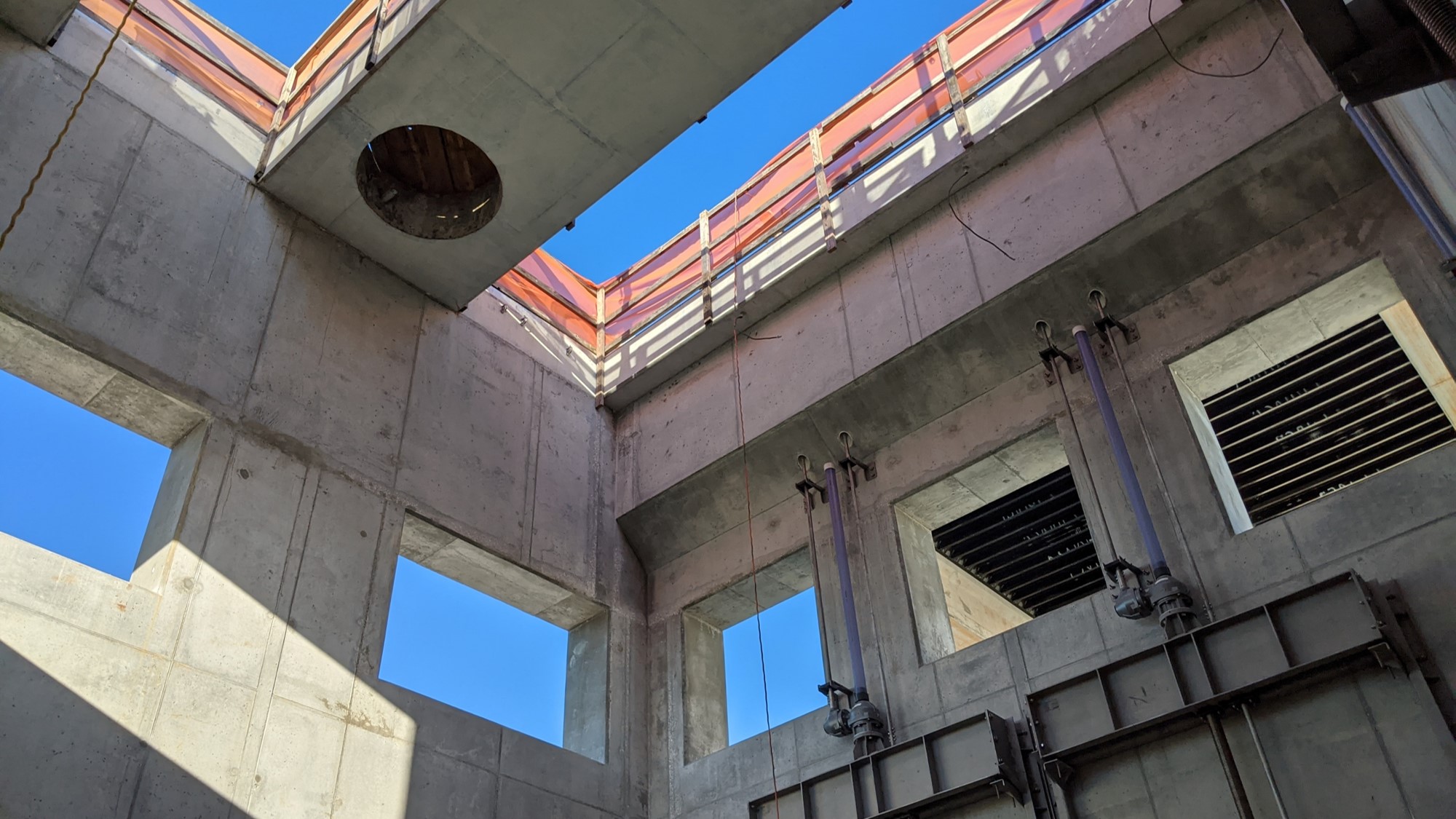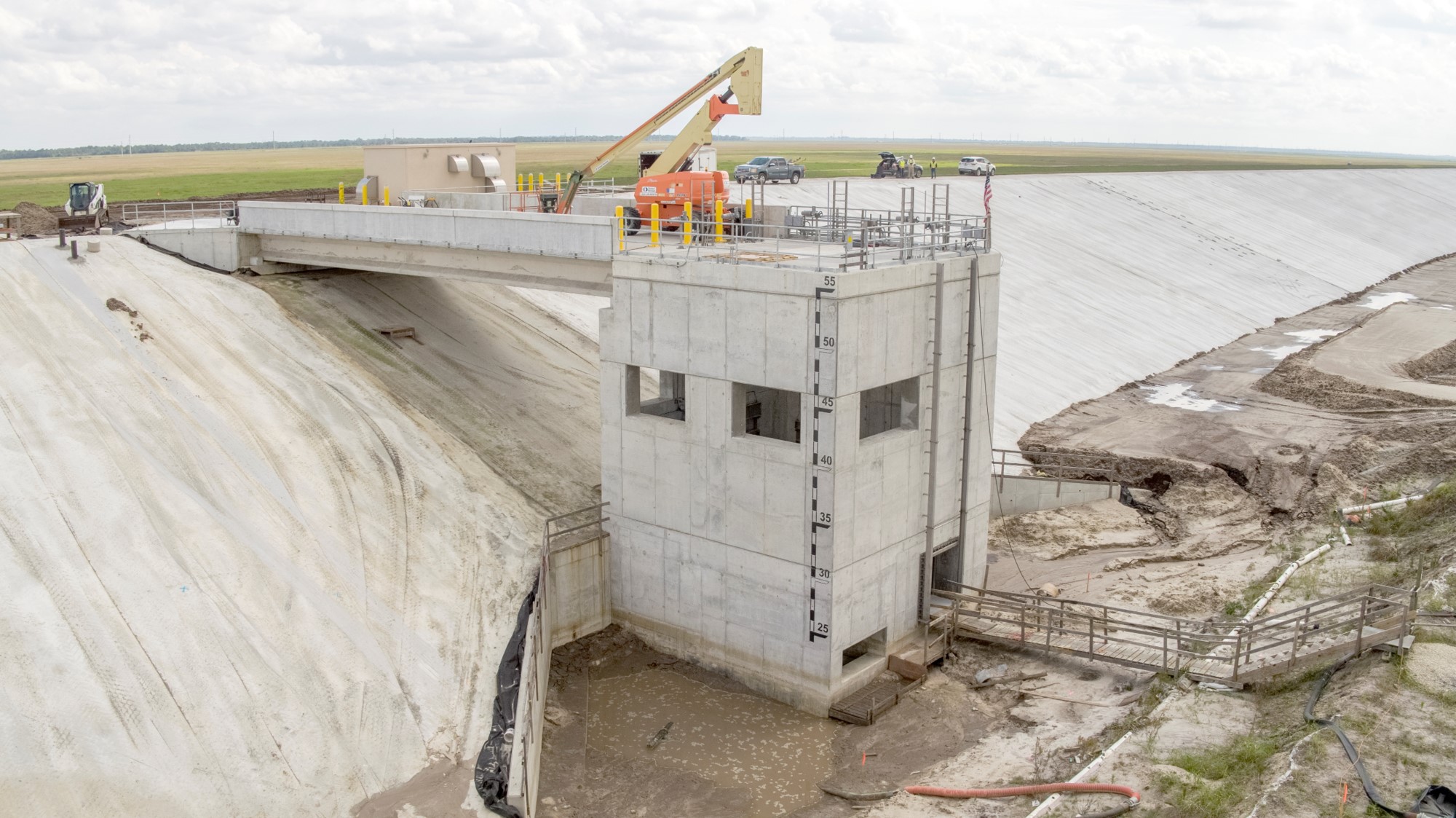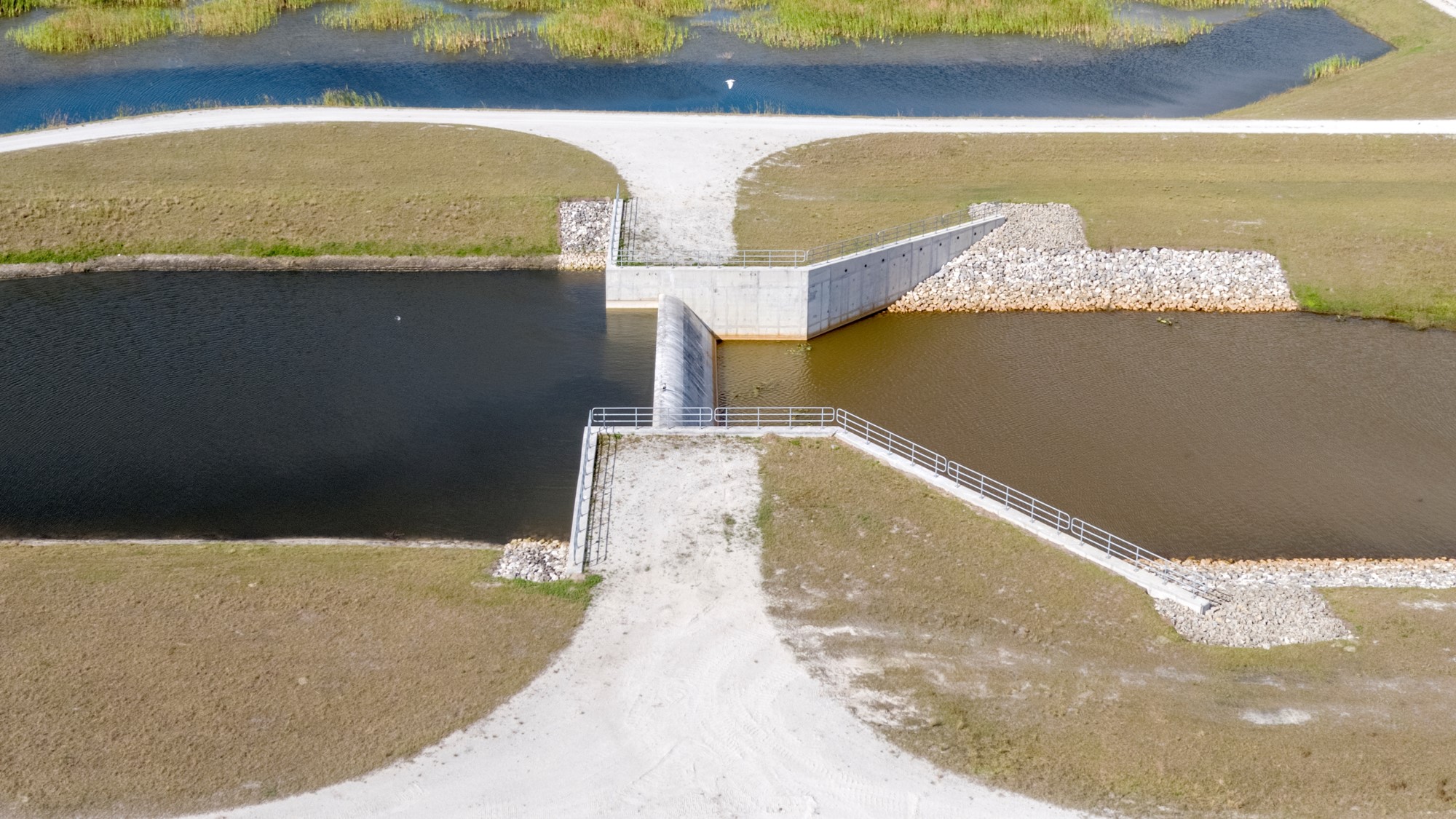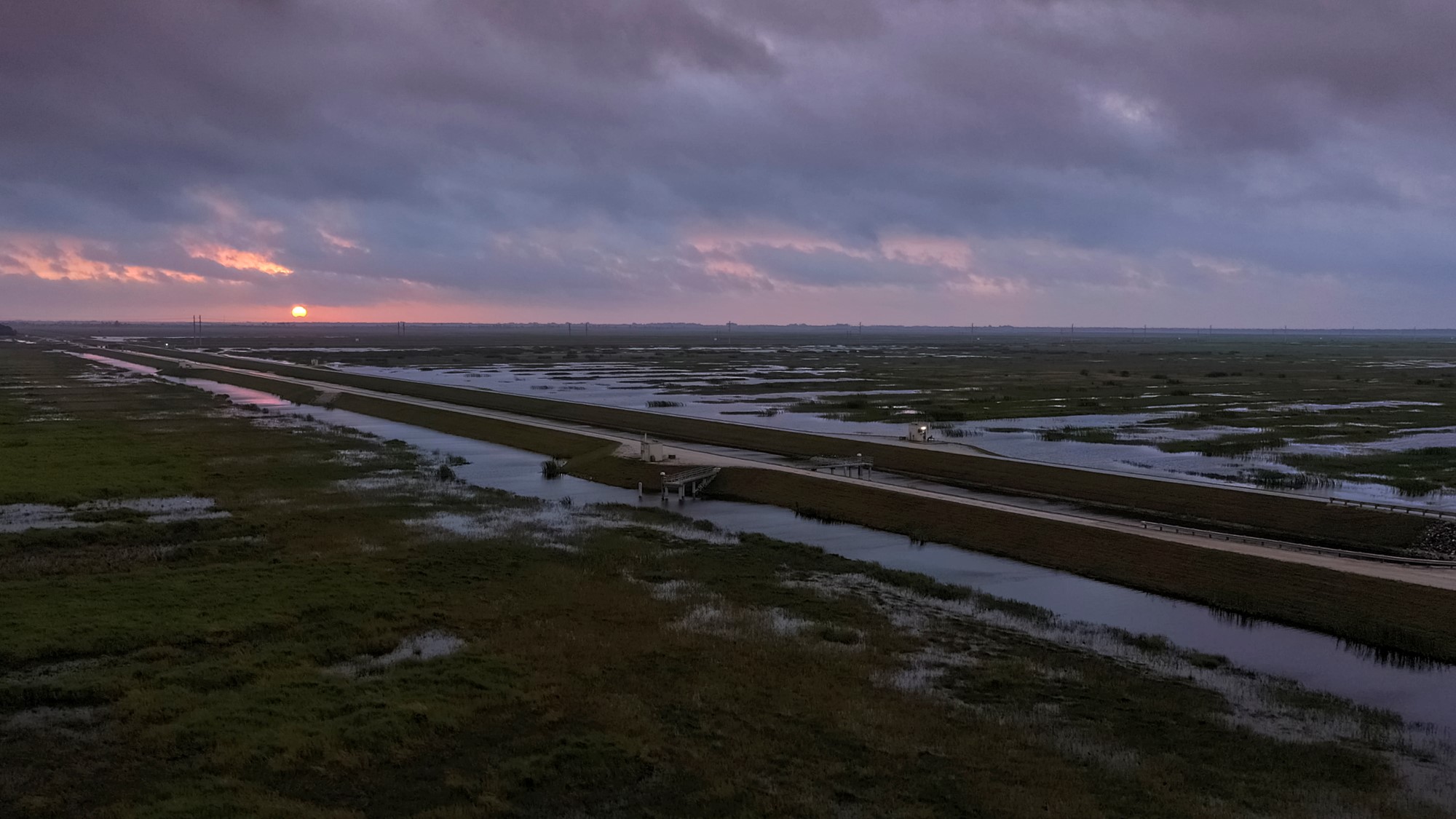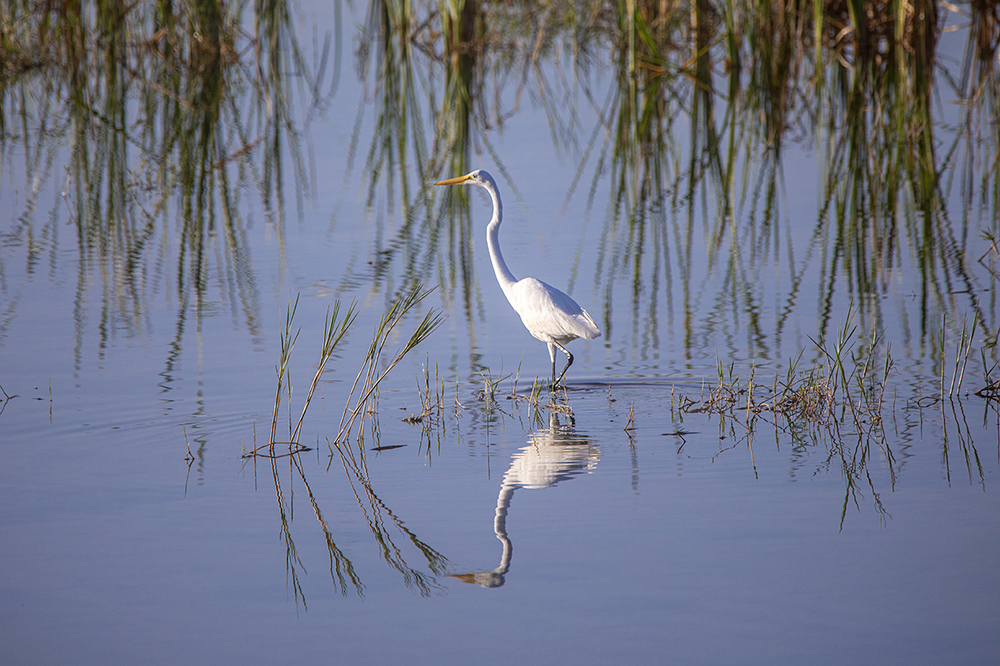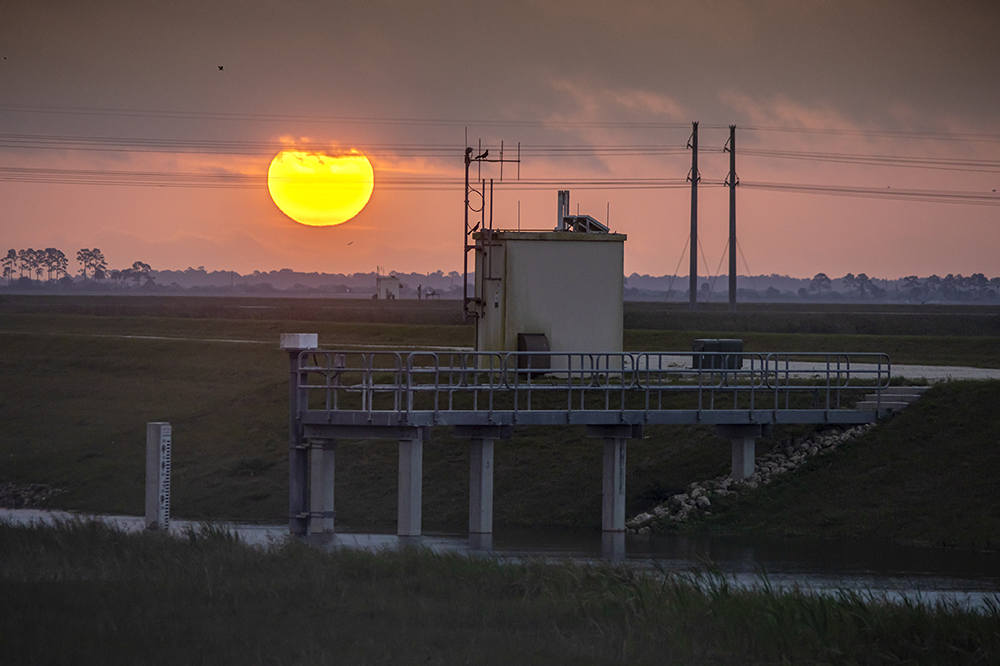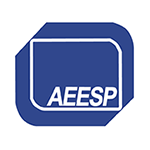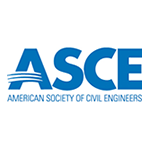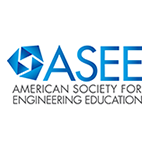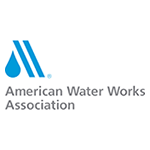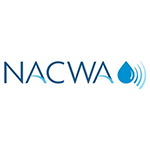- Home
- Contact Us
- News & Events
- Awards
- AAEES Awards Criteria
- 40 Under 40 Recognition Program
- Edward J.Cleary Award
- Excellence in Environmental Engineering and Science Education
- Gordon Maskew Fair Award
- Honorary Member
- International Honorary Member
- Ralph and Joe Bales Graber Science Award
- Stanley E. Kappe Award
- Environmental Communications Awards Competition
- Excellence in Environmental Engineering and Science Competition
- The AAEES Chapter Blue Marble Award
- Resources
- AAEES Microcredentials
- Annual Reports
- AAEES Press Releases
- AAEES Website How To VIdeos
- Environmental Engineer and Scientist
- Environmental Engineering Body of Knowledge
- PFAS Resources
- Specialty Examination Guide
- Students and Young Professionals Resources
- Who's Who in Environmental Engineering & Science®
- Leadership Opportunities
- Membership
- Donate
- Jobs
2022 Excellence in Environmental Engineering and Science® Awards Competition Winner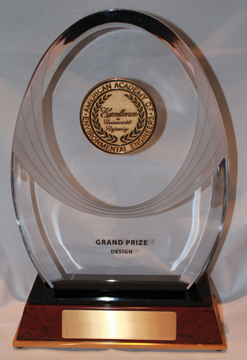
Grand Prize - Environmental SustainabilityC-44 Reservoir and Stormwater Treatment AreaEntrant: HDR Entrant Profile As the prime firm, HDR provided overall project management, full-service design, and engineering during construction; a partnership with the clients from the basis of design to construction completion, initial fill and operations. The various disciplines provided by the prime firm included project management, civil, geotechnical, reservoir, dam safety, structural, mechanical, architectural, heating/ventilation/air conditioning (HVAC), plumbing, fire protection, electrical, communications, security, life safety, operations, landscaping/irrigation/recreation, water budget and water quality analysis/modeling, environmental including wetlands delineation, threatened and endangered species determinations, navigable waterway impacts, airspace restrictions, and permit applications/issuance, real estate determinations of ownerships and easements, computer-aided design/drafting, geographic information system mapping, graphical artist, cost estimating and scheduling, constructability, maintainability, construction field observations, and public relations including coordination with adjacent land owners, drainage district, town, county, state, federal, utilities and various other stakeholders. During the Basis of Design phase of the Project, specialty consultants assisted with the geotechnical field investigations, monitoring well installations, boundary and topographical surveys, and task specific hydraulic and hydrologic/water quality/nutrient loading modeling/analyses. Hillers Electrical Engineering, Inc. has been as constant partner throughout the entire Project providing Instrumentation and Controls (I&C) Design and field support for electrical, I&C, communications, and security during construction as well as start-up and initial operations. Project DescriptionDemonstration of a comprehensive, integrated approach that considers all environmental media, i.e., air, water, and land. For example, solution of an air pollution problem must not create a land disposal problem or an adverse water impact that is not addressed by the project.Since the mid-1930s, alongside a vast series of waterways, Florida’s Lake Okeechobee has controlled flooding in low-lying areas while providing water to enrich the surrounding environment including the Everglades. One of these waterways, the C-44 Canal runs from the Lake’s eastern edge to the St. Lucie River, then to the St. Lucie Estuary and, finally, the Indian River Lagoon. Over time, the freshwater runoff from the adjacent 185 square mile C-44 Basin along with releasing too much freshwater too quickly from the Lake greatly affected the salinity and health of the estuary, one of the most biologically diverse ecosystems in the United States. Water quality was further degraded by fertilizers from domestic, commercial and agricultural runoff. The C-44 Reservoir and Stormwater Treatment Area (STA) mitigates the damaging effects of nutrient pollution and the large freshwater discharges. It is the first part of the Indian River Lagoon South (IRL-S) Restoration and part of the greater Comprehensive Everglades Restoration Plan (CERP). The water pumped once by an electric, clean-energy pump station traverses by gravity a 3,400-wetted-acre, 15.foot-deep, 10-mile perimeter reservoir with electric discharge gates and 6,300-wetted-acres of STAs with electric inlet gates and fixed-crest discharge weirs constructed using on-site soils by the South Florida Water Management District (SFWMD) and U.S. Army Corps of Engineers (USACE). The completed project site is open water and vegetated land which has become home to an abundance of wildlife. The project captures on average 65% annually of the storm runoff, and eliminates more than 40 tons of phosphorus and 118 tons of nitrogen annually. Quality as evidenced by the degree of user satisfaction and proven performance. (For RESEARCH projects, testimony of experts in the field as to the quality and importance of the research will be used in lieu of user satisfaction or proven performance. For REGULATORY PROGRAMS, quality will be decided based on demonstrable impacts of the effort.)“These are the first gallons of water pumped into this major environmental restoration project that plays a huge role in giving us a cleaner, healthier St. Lucie Estuary. We must do more now for our environment to reduce harmful discharges to the coastal estuaries and improve water quality, and this treatment area will play a major role in accomplishing both goals.” Crucial to the ecosystem home of 4,300 species of plants and animals, the reservoir and STA capture and attenuate 65% of the storm runoff reducing the number of times excessive freshwater flows enter the St. Lucie Estuary by 40% while eliminating more than 40 tons of phosphorus and 118 tons of nitrogen annually. Originality and innovation, representing the application of new knowledge, a new application of existing knowledge, or an innovative mix of existing knowledge.Previously unheard of in the industry, prior to construction, the team designed and built a 500-acre reservoir and STA test cell site to evaluate constructability, reservoir seepage and STA vegetation growth capabilities on Florida’s sandy soil. Typically not addressed during construction, the team developed a cost-effective approach to address large-scale residual agrichemical soils that posed an ecological risk once the site was inundated. Although the original 12,000 acre site was essentially flat, per design the simple operation begins with C.44 Canal water pumped into the reservoir to a depth of 15 feet, where gravity drains take over as the water travels from the reservoir through the treatment cells’ gated inlets and fixed weir discharges before returning to the C-44 Canal with constructed earthen features from on-site soils. Unlike the SFWMD’s STAs south of Lake Okeechobee which receive too much water impacting the water quality effectiveness of the STAs, this project includes an upstream reservoir to allow capture and short.term storage of the large basin and Lake discharges to attenuate flows into the STA. The reservoir releases water to the STA to optimize the water quality treatment of the STA at a time when the downstream Estuary requires the freshwater releases to maintain a salinity balance for a healthy ecosystem. The complexity of the problem addressed.The project begins a long effort of restoring Florida’s most valuable resource. With overwhelming public support, the project team overcame significant challenges, including remediating agricultural chemicals from the site’s historic use, reconfiguring an adjacent Florida 298 District irrigation and drainage system, designing around existing high voltage transmission structures within the site, splitting the project into 16 construction contracts, and designing SFWMD’s first above-ground high hazard reservoir to withstand a category 5 hurricane. The C-44 Project mitigates the damaging effects of nutrients and large freshwater discharges on the St. Lucie Estuary and the Indian River Lagoon resulting in benefits to sea grass, oysters and the entire IRL-S ecosystem when coupled with the other project implementation report (PIR) components. Situated on 12,000 acres, the water traverses a 4-mile-long Intake Canal to a 3,400 wetted-acre, 15-foot.deep, 10-mile perimeter reservoir which discharges to 6,300 wetted-acres of STA divided into 6 parallel cells discharging over fixed crest weirs to return to the C-44 Canal. The water is only pumped once into the reservoir via a 1,100-cfs fully electric high-head lift pump station. The water flows naturally by gravity through the remainder of the project. With the majority of the 100 miles of reservoir, canal and STA berms sodded, the project is environmentally friendly while meeting the project goals. Although originally envisioned and designed as one construction contract, the $800 million C-44 project was split into 16 contracts that considered client cash flow, early benefits, maintained service, overlapping contractors, and continuity of individual features to operate holistically when all contracts were completed. The extent to which the project contributes to or offers the prospect of contributing to social or economic advancement.The enhanced water quality of the IRL feeds the lifeblood of the adjacent economic communities with an estimated impact of $730 million over time. The project itself has become home in its short time of operation to a multitude of bird species including one of the largest nesting area of the endangered Snail Kites within SFWMD as well as alligators, deer and hopefully the Florida Panther. The site is intended to be open to the public for passive recreational use. Met with overwhelming public support, including agencies, stakeholders and citizens, the team incorporated feedback and communications via workshops, meetings, mailings and public tours. Their dedication is underlain by identifying with Florida’s environment and the importance of water quality for the IRL-S. In 1998, Martin County citizens approved a tax to support the project, resulting in $50 million in direct support. Click images to enlarge in separate window. Click here to return to the list of 2022 winners. |



